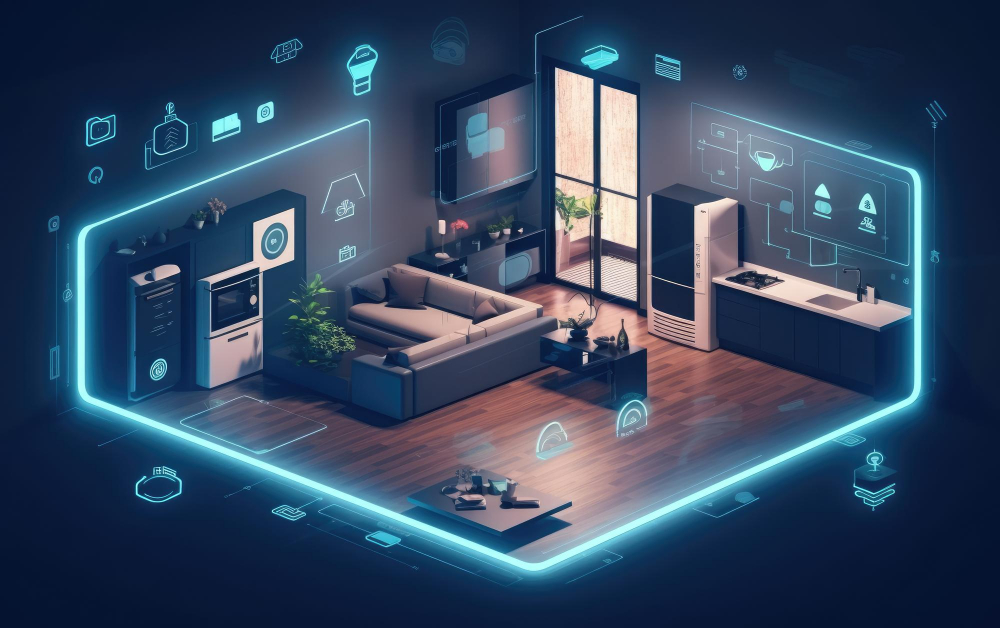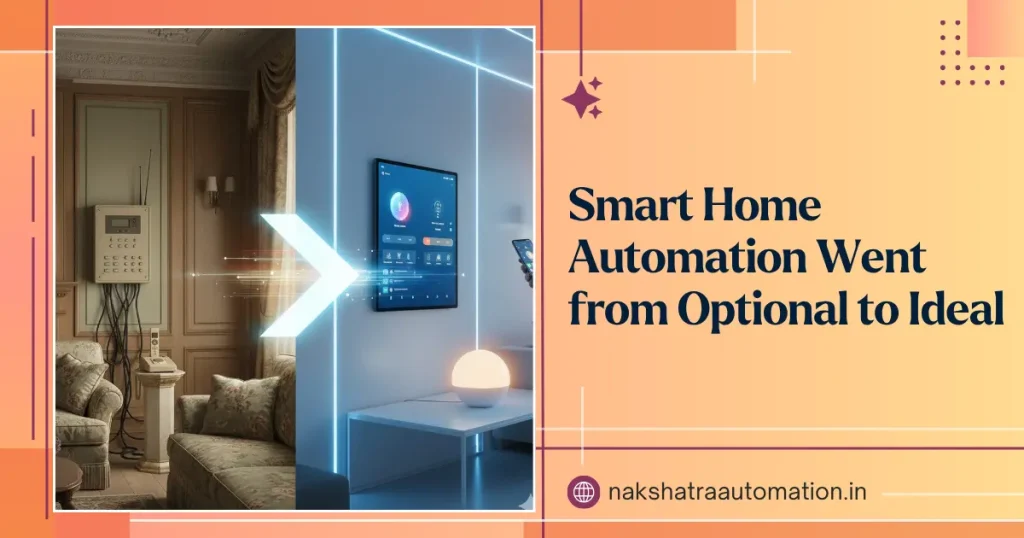Twenty years ago, a voice-controlled home was science fiction reserved for Hollywood blockbusters and billionaire estates. Today, asking your home to adjust the temperature or turn off lights is as mundane as flipping a switch. This dramatic transformation from futuristic fantasy to everyday reality tells a fascinating story of technological evolution, shifting priorities, and changing lifestyles.
The Early Days: When Smart Homes Were Status Symbols
The concept of home automation emerged in the 1970s with the introduction of X10 technology, which enabled basic control of lights and appliances over power lines. However, these systems were expensive, unreliable, and required professional installation that only affluent homeowners could afford.
Throughout the 1990s and early 2000s, integrated home systems began to appear in luxury properties, featuring centralized control panels that managed lighting, security, and entertainment. The price tag? Often exceeding lakhs of rupees, positioning automation firmly in the luxury category.
The Smartphone Revolution: Democratizing Control
Everything changed when smartphones became ubiquitous around 2010. Suddenly, everyone carried a powerful computer capable of controlling connected devices. This watershed moment transformed home automation from proprietary systems requiring custom interfaces to accessible apps anyone could download and use.
The introduction of affordable smart devices created a cascading effect:
- Smart thermostats that learned preferences and optimized energy usage
- Connected security cameras accessible from anywhere worldwide
- Voice assistants that made control natural and intuitive
- Smart lighting systems offering customization without rewiring
What once required professional installation could now be self-configured by tech-savvy homeowners, dramatically reducing entry barriers.

From Convenience to Necessity: The Turning Points
Several converging factors elevated home automation from “nice to have” to “must have”:
Rising Energy Costs
As electricity bills climbed steadily, the 30-40% energy savings offered by smart systems transformed from a luxury feature to a financial imperative. Automation has shifted from a status symbol to a practical investment with a measurable ROI.
Remote Work Revolution
The pandemic fundamentally changed how we use our homes. Suddenly, optimizing home environments for productivity, comfort, and efficiency became critical. Smart climate control, lighting adjustments, and security monitoring evolved into essential work-from-home infrastructure.
Security Concerns
Increasing urbanization and security challenges made comprehensive surveillance and access control non-negotiable for many families. Integrated security systems with real-time alerts became protective necessities rather than paranoid luxuries.
Ageing Infrastructure and Power Reliability
In regions facing frequent power fluctuations and outages, smart energy management and backup integration became survival tools rather than conveniences.
The Technology That Changed Everything
Three technological breakthroughs accelerated this transition:
Internet of Things (IoT)
When everyday objects gained connectivity and intelligence, homes transformed into responsive ecosystems that automatically adapted to occupant needs.
Artificial Intelligence and Machine Learning
Modern systems don’t just follow commands—they learn, predict, and optimize independently, making smart homes genuinely intelligent rather than merely connected.
Cloud Computing
Remote access and control from anywhere became standard, transforming how people interact with their living spaces fundamentally.
The Modern Reality: Automation as Standard
Today’s new construction increasingly includes smart home infrastructure as default, much like electrical wiring and plumbing. Builders recognize that properties without automation capabilities face reduced market appeal and valuation.
The evolution is complete: what began as extravagant luxury has become expected standard. Modern homeowners don’t ask if they should automate—they ask how comprehensively they should do so.
Looking Forward: The Next Chapter
As technology continues to advance, the distinction between “smart” and “standard” homes will likely disappear entirely. Integration, intelligence, and efficiency will be assumed features rather than special upgrades.
Ready to embrace the necessity of modern living? Nakshatra Automation recognizes that home automation has evolved beyond luxury to become an essential part of contemporary life. With expertise spanning over a decade and more than 200 successful implementations, we help homeowners transition seamlessly from traditional to intelligent living spaces that meet today’s demands.

